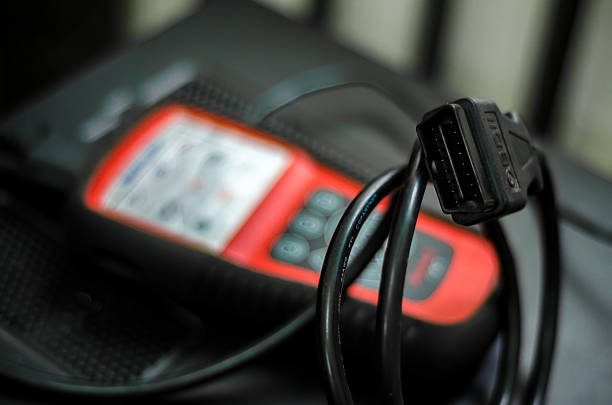There was a time when cars didn’t have a solid computer system to let the driver or the mechanic know what was wrong. Now, it’s completely different. With access to the latest technological advances, people can use an OBD2 scanner to troubleshoot their vehicles.
Want to master using an OBD2 scanner? But, don’t know where to start? This guide can get you up to speed. Check out the beginner’s friendly info listed below and you will figure out how to read OBD2 data in no time. Let’s jump right in.
OBD2 Scanner – What Is It, Exactly?
You don’t need a mechanic to check what’s the matter with your car. All you need is to hook up the right scan tool to the port and you are good to go. That’s when the OBD2 scanner tool comes into play. It’s a practical solution with a notable impact.
OBD2, also known as Onboard Diagnostics II, is a diagnostic system capable of checking various car systems. People can use the system to pinpoint any glitches or problems that might impact their vehicle. This on-board computer can monitor:
- Speed
- Milage
- Fuel pressure
- Engine load
- Other real-time data parameters
Every truck or car manufactured after 1996 has to legally have an OBD2 installed. It’s linked to the Check Engine light, which lets you know when there is a problem with your vehicle. This sophisticated device can be used in a plethora of cars. That includes commercial heavy vehicles, light commercial, and passenger vehicles.
How Does the OBD2 Work?
A computer system stores DTC (diagnostic trouble codes), which can vary depending on the manufacturer. But, anyone with an OBD II scanner can connect their device to a port and check the DTC from the computer.
OBD2 monitors the vehicle systems and gathers data about their performance. This device allows you to diagnose any problems with your car without having to open up the hood. The information gathered from your car can also be used for recording fuel efficiency, tracking maintenance schedules, and much more.
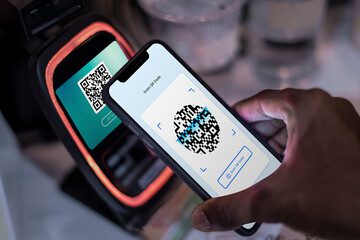
It can send commands to different components of your vehicle to retrieve information such as fuel economy, engine performance, and DTC. It is then sent back to the monitor in the form of data packets. The data from those packets are then transferred into readiness monitors.
If one or more of these gauges are sending fault codes or pending codes, it can be deduced that there is a problem with a certain part of the vehicle. It can be used for troubleshooting issues and many more.
The system can also have a self-diagnostic and reporting capability. It allows the vehicle to report its own malfunctions to the driver or to repair facilities either directly or through an optional scan tool. The systems can monitor the car’s engine emissions, perform self-tests, and read trouble generic codes, allowing for before-the-fact detection of mechanical problems and potentially avoiding costly repairs.
OBD2 allows you to get a detailed, real-time view of your vehicle’s performance, and it can also be used to finetune your driving to maximize fuel efficiency. It is an essential diagnostic tool for car owners who wish to optimize their vehicles for maximum performance.
What Is the Difference Between OBD and OBD2?

OBD is an abbreviation of “On Board automotive Diagnostics”. And OBD2 is the second generation of this practical tech. OBD1 is an older model utilized during the early years of the vehicle manufacturing industry. It features solid diagnostic capabilities and is connected to the console of the vehicle of choice.
OBD2 is a refined and improved version of the outdated OBD1 model. It was only introduced in vehicle models manufactured in the early 90s. What sets OBD2 apart from OBD1 is its upgraded messaging formats and signaling protocols. It is also remotely connected to the car itself.
Currently, there are two distinct types of OBD products for sale. These include OBD2 scan tools and OBD2 code readers. The scan tools are slightly more expensive than a code reader. But, they are fully equipped with a plethora of features that code readers lack.
That includes comprehensive access to recorded and live data. They can also assess manufacturer-specific codes and more advanced problems. The scanner is a solid choice for obtaining detailed info about what is actually wrong with the car beyond a simple code.
Code readers are a no-frills device that comes at a much lower price. Despite their limitations, like not being able to read specific types of data or all the info on manufacturer codes, they are a great option on a tight budget.
What Can an OBD2 Scanner Do?
For most people, having an OBD2 scanner is like having a universal remote control for their car. It’s just something that makes you feel like you have more command over your car and its performance.
However, the introduction of the OBD2 scanner came with the expectation that your car should run smoothly for years without any major problem. People think that, with a scanner, all their problems would go away if they knew what to do when an error message comes up.

But in the event of a malfunction, it may be confusing for you to figure out what exactly is wrong, and what steps should be taken to remedy the situation. This is why you need to arm yourself with a little bit of knowledge about this technology so you can use it properly.
With vehicles having ever-more-complex computer systems and a greater number of sensors to monitor the vehicle’s performance, the amount of diagnostic information available via OBD has increased dramatically.
Since its introduction in the early 1980s, the original OBD system offers basic functions by simply lit up an “idiot light” if something wasn’t working properly and gave you no information about what was wrong—no details, no diagrams. But today, OBD with advanced functions provides real-time data from sensors and actuators within the vehicle and can provide a detailed snapshot of the vehicle’s performance and state.
Modern vehicles use advanced OBD systems, which can read and store certain information regarding your vehicle’s performance, such as oil pressure, intake air temperature, road speed, fuel consumption, gas cap, and more. They can also provide real-time data on these parameters, so if you’re trying to diagnose problems with your car yourself, you can use an OBD2 scanner to plug into the port and read codes without needing to take the car into an auto parts stores.
Because there are so many different metrics that OBD2 scanners can retrieve from your car, they’re useful not only for diagnosing problems but also simply for keeping track of your vehicle’s performance over time. Some scanners will let you record data about your driving habits and make actionable changes to improve both fuel efficiency and driving performance in order to save money.
OBD scanners have been around for many years, but they weren’t popular a couple of years back due to the high price. A lot of people couldn’t afford those expensive scanners, so they didn’t get those tools at all and just took their cars to a mechanic instead.
They are often used by professional technicians and mechanics, but they’ve recently become more popular with non-professionals because they have gotten significantly cheaper over the past couple of years. It’s basically like having a mechanic in your pocket whenever you’re driving!
OBD2 Scanner How to Use – Beginner-Friendly Guide

Many people are asking “how do I use the OBD2 performance tool scanner?” An OBD2 device will show you the overall state of your car.
This standardized system is easy to use and quick to get used to. Although some devices may offer a variety of functions, the process itself is relatively simple. This step-by-step guide will show you the ropes.
- Step 1: Plug the tool into the OBD port. Most often, vehicles have an OBD port right under the steering column. Or, it could be on the left side of the gas pedal. It looks like a tiny plug and can link the adapter to your car’s ECU. If you can’t find the diagnostic port, check your vehicle’s instruction manual.
- Step 2: Turn the car on. Move the ignition switch in the “run” position so that the port will be energized. A question that pops up a lot is “does the car have to be running to use an OBD2 scanner?” The answer is no. You can still run the basic tool without turning the car on. But, the car must be running to do specific tests and see live data. Check the instructions on the scanner you purchased to know if you should keep the vehicle in idle or ON mode.
- Step 3: Open the app on your phone and turn on Bluetooth. An OBD2 scanner Bluetooth comes with a mobile app that you have to download. Download the app based on the product you selected. Connect the OBD2 scanner and your cellular device via Bluetooth. Once you establish that connection, you will obtain all the data.
- Step 4: Enter the necessary information on the scanner screen. Every vehicle has a VIN (vehicle identification number). Add the VIN to create an OBD2 code. Enter any additional information required, such as model and engine type.
- Step 5: Get the OBD codes from the scanner menu. Based on the scanner type, the screen can display various car codes. Take note of the OBD codes shown on the scanner and turn off the vehicle. Unplug the device.
Tip: Read the user manual before plugging in the OBD2 device. Every tool comes with a comprehensive guide that covers the nitty-gritty details. No matter how simple steps it looks, you should still check the information listed in the user manual.
How to Read Live Data From OBD2?
Now that you have all the codes at hand, how do you read OBD2 data? It’s critical for users to interpret their findings so that they can troubleshoot their vehicle. Each trouble code starts with a letter, paired with a set of 4 digits. The letter can be:
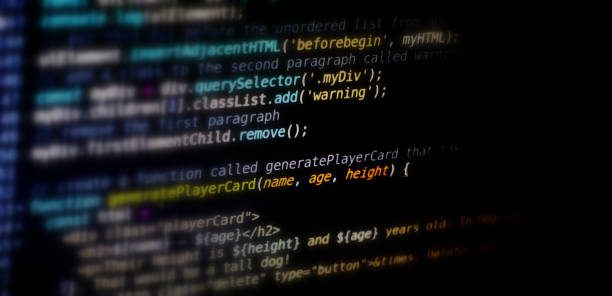
- C for Chassis: Meaning there are problems with the anti-lock braking system, brake fluid, or/and axles.
- B for Body: Meaning there are problems with the seatbelts, power steering, or/and airbags.
- P for Powertrain: Meaning there are problems with fuel emissions, fuel system, ignition, engine, or/and transmission.
- U for Undefined: Meaning there are problems exempt from any of the aforementioned categories.
But, what do the 4 digits mean? To know how to read the OBD2 scanner, pay attention to these digits. The first number is meant to tell the user if the trouble code is manufacturer-specific (1) or generic (0). The second digit highlights a unique component of your vehicle. Whereas the last remaining digits identify the exact issue. To find out more on how to read live data from OBD2, check this guide out.
- Note: The OBD2 code reader will tell you what’s the matter with your vehicle. It won’t tell you how to fix it. The error codes are meant to give you a general perspective of the problems. You can then figure out whether to ask for professional help or take a DIY approach.
Tip: Be patient. It might take some time for the OBD2 scanner to display adequate results. Different models may require you to push a power button for them to initialize the whole process. Check the manual to see the instructions on the specific model you are using.
How to Use OBD2 Scanner With Push Button Start?
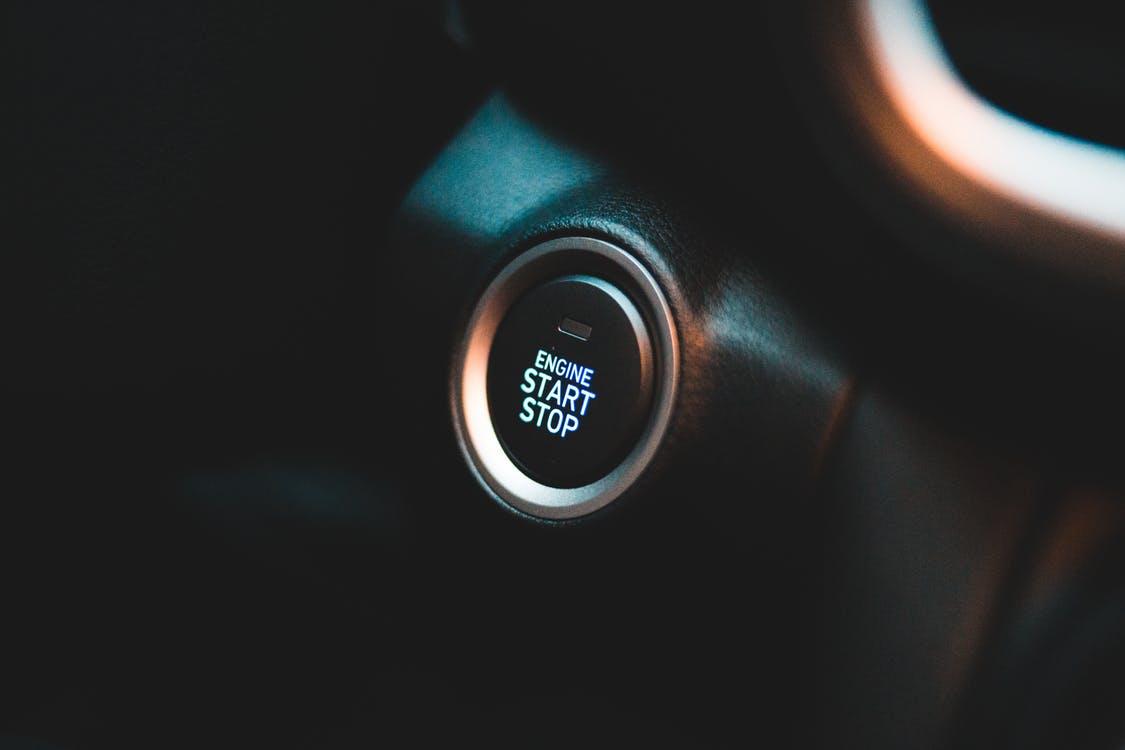
Many people want to know how to perform their engine emissions test on a push-button car. You should be able to scan codes with the car “Ready on” or by pushing the start button with the foot off the brake pedal.
If the OBD II scan tool isn’t working, you may be using an old version of it that could be faulty. Try a different scan tool. The OBD socket could also be faulty, like from a blown fuse, for example, or your code reader isn’t UpToDate. If nothing works, then talk to a mechanic.
Does OBD2 Drain Battery?
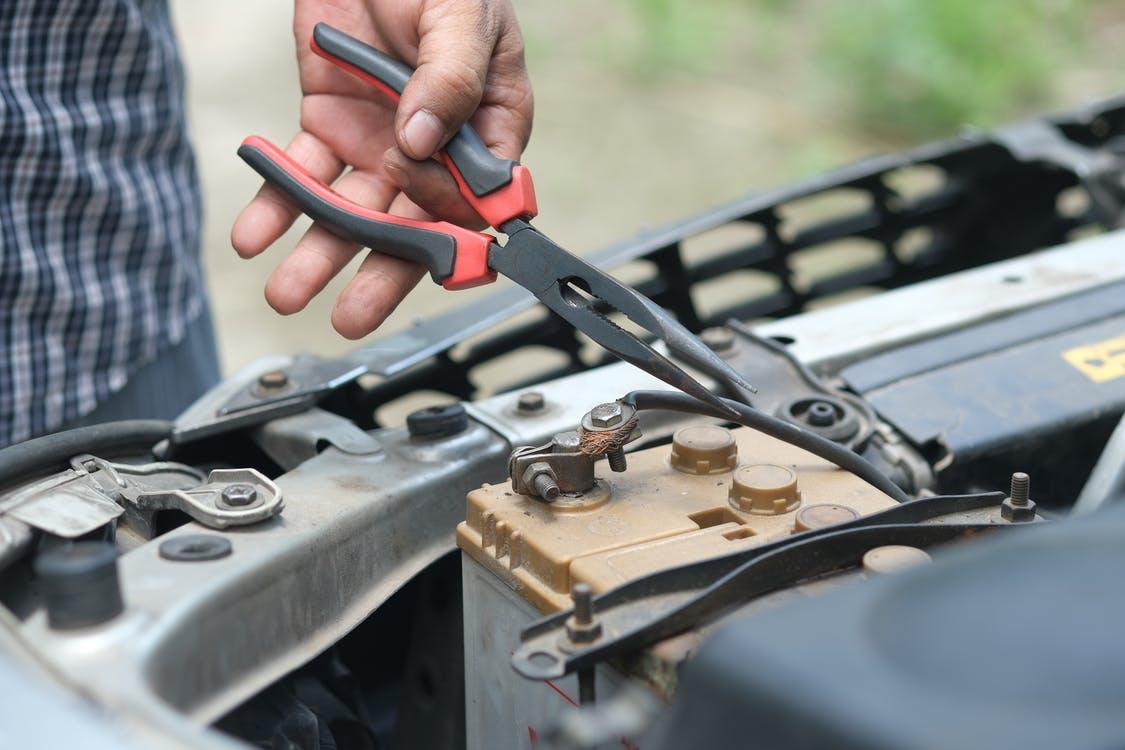
While an OBD2 is a practical tool, there are some typical worries around this plug & play device. The most common query is whether OBD will drain the battery. Every electronic accessory added to your vehicle will consume some battery power.
Even while the engine is off. But very slowly. With a well-made design, like the best OBD2 adapters on the market, you don’t have to worry about it completely draining your battery. From a poorly made OBD device, battery drainage is possible. Especially when left plugged into the OBD port for over a week or two.
Tip: If anything plugged into the OBD2 port is causing problems for your battery, then your battery may need a replacement.
In some cases, a poorly-manufactured tool can turn on the car’s ECU, while the vehicle is not running. If that were to happen, then it could quickly sap the battery. It’s best to unplug it if the car were to sit for a few weeks.
Ideally, you should be opting for an OBD2 device that supports sleep mode and draws minimal power from your battery. Anywhere from 5 mA or less. Some products draw less than 2 mA power when in sleep mode and won’t keep the car’s ECU on, while the engine is off.
Overall, people tend to leave their OBD2 scanner in a car. It sends real-time vehicle status directly to their smartphone, making it a go-to choice for practical daily use. When you buy OBD2, look for a scanner with the latest technology that’s compatible with your vehicle. Advanced devices can effectively describe and spot the problem.
Choose the option that’s tailored to your needs and is user-friendly. You want an intuitive and simple user interface so that you can quickly wrap your mind around reading the OBD basic codes. Pick a product that is practical to carry and easy to hold.
Can You Damage Your Car Using an OBD2 Scanner?
Are you thinking of getting an OBD2 Bluetooth device, but you are worried it could damage your car or the car’s computer? if used as intended the OBD2 scanner won’t damage your vehicle. It is very unlikely that the device itself could harm the vehicle. But, if you swing the code reader very hard, you may put a dent in the body of the vehicle.
Of course, that would require plenty of force with the intention to damage the car. But, the computer itself may survive through rough handling. With that in mind, it is theoretically possible to do some temporary damage. Especially if you have no idea how to use OBD2 scanner Bluetooth.
Tip: Use the OBD2 adapter with care. Be gentle when you work with the universal data link connector. Even if the adapter itself isn’t exactly fragile, the 16-pinned plug could be a bit delicate. When you are too rough, you can bend the pins. This happens when people try to force the device in.

The OBD2 is a read-only device. Meaning that it doesn’t change the computer, but communicates with it. Through communication, it can give out certain types of commands. If the applications you use with this device were to be performed on an unsupported operation, or you tampered with it, then the car can misunderstand it. If you don’t know how to use an OBD2 device, talk to a mechanic.
Tip: Make sure the vehicle is running when you are using an OBD2 scanner. That way you can avoid corrupting the software.
What to Look For While Buying an OBD2 Scanner
A scanner is an important tool for anyone who wants to optimize their vehicle. When you’re looking for best OBD2 scanner, there are a few things you really want to consider.

Compatibility
The first thing to look at is your car’s manufacturer, model, and year. You need to buy an OBD2 tool that can work with those specific things. Of course, for new cars, you’ll want to buy a tool that works with the new technology your new cars have.
Size
When buying an OBD2 scanner, it’s important to keep in mind that some models are bigger than others, meaning they may be more difficult to fit. If you plan on using the scanner in your car, you should think about buying one that is compact enough to fit into your cupholder or one that is built into the mount that can clip onto your air vent.
Alerts
Today most OBD2 scanners alert users of any problems or maintenance issues. A good scanner will send notifications of what needs fixing when it needs fixing, and how far along the problem is in its development.
Interface
You don’t want your OBD2 tool to be difficult to use. You should be able to see information clearly and accurately on the device’s main menu. It should also have a user-friendly interface that allows you easy access to all of the information you might need from it.
Additional Features
Nowadays, there are tons of features that come with OBD2 scanners. In fact, most of them have Bluetooth or USB cable capabilities and can display real-time data from your car’s system on your smartphone or tablet. Some models even allow you to connect the device directly to your computer in order to monitor your car’s performance in greater detail.
You must know what you will get with any purchase. Since numerous features are available, do some research before purchasing a device so that don’t waste time or money on a scan tool that doesn’t have the right features for your needs.
Rules to Follow for Using an OBD2 Scanner
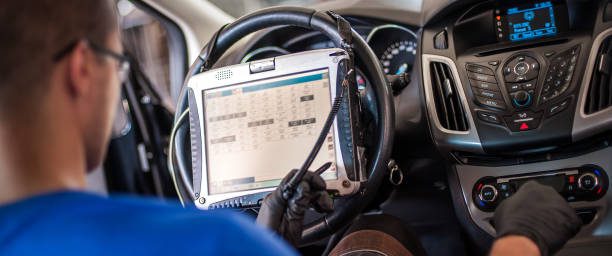
An OBD2 scanner is not a delicate piece of machinery; it’s meant to be taken on the road and to be used by people who know how to use it. If you are going to purchase an OBD2 scanner, be sure you do your research on how to use that particular device.
A lot of these devices can be used for many different systems and can also be used for diagnosing issues with your car. It’s likely that if you aren’t very knowledgeable about how devices like this work, then you’ll end up breaking them. But there are a few distinct guidelines that should be followed while using this device.
Read the Manual

You need to follow the manufacturer’s instructions for your particular OBD2 scanner. It’s vital to read the instructions thoroughly before attempting to scan your car’s diagnostic codes.
If you’re not sure what type of OBD2 scanner you have, check the device manual before you start. Different types of scanners require different settings before they can be used properly.
Use the Scanner with Care
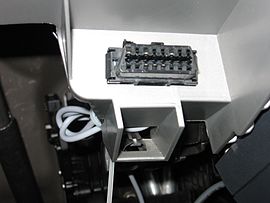
When connecting the OBD2 plug with your car’s diagnostic link connector, be as gentle as possible. The plug contains 16 small pins, and they can be damaged if you’re not cautious.
If you bend a pin while using the scanner, it’s okay. You can use a toothpick to carefully push it back into place. But be careful not to damage any other pins while you do so.
Use It When the Vehicle’s Power Is No

Always connect the scanner when your vehicle’s power is no. The devices communicate more effectively when they are both powered up at the same time. If you do not, you may risk corrupting your software and rendering the scanner useless.
If the software becomes corrupted, there is a chance that the scanner will have to be replaced. Make sure your scanner comes with warranty service in case something goes wrong.
It’s an obvious fact that vehicle problems can be incredibly frustrating. Some of the issues you face are so big that you have to visit the garage constantly, and other times you might feel like the vehicle is fine until it all stops working suddenly. But those aren’t necessarily the only options you have!
If you don’t know what’s wrong with your car, or what parts need to be fixed, then buying a diagnostic device will probably save you from tons of unnecessary trips to the mechanic.
Moreover, not all issues are big that require a visit to the mechanic every time. Some problems can be solved by using these devices at home or even by doing some troubleshooting on your own. But there’s no question that owning a device like this will save you from a big expense!
Conclusion
Anyone can make use of an OBD2 scanner. Whether you pick a built-in model, Bluetooth scanner, or a product you can hold in your hands, it will make for a viable option to troubleshoot your vehicle. The best thing about a device like this is that it’s great for anyone on a tight budget.
Once you’ve done the readings, you will know exactly which part needs fixing. Read through the OBD codes and you will get a better perspective of the problems that interfere with your vehicle. It can really come in handy if you don’t want to make a trip to the mechanic just to see what’s wrong with your car. Now that you know the ins and outs of using an OBD2 tool, you can get the necessary information in no time!

